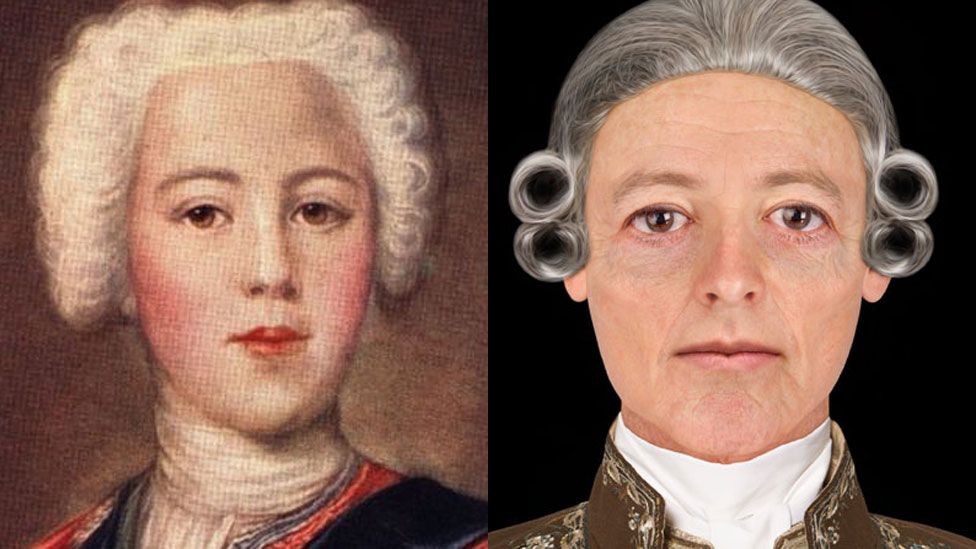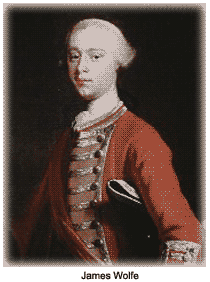
The Vietnam War has sparked numerous arguments over the roles of diverse groups and vocations. One that has been dominant is the role of nurses, particularly women. How many served in what capacity, their experiences dealing with combat, and interactions with wounded soldiers all come to mind. There have been a few works of non-fiction that stand out in the discussion of nurses during the war, they include; AMERICAN DAUGHTER GONE TO WAR by Winnie Smith; HEALING WOUNDS by Diane Carlson Evans; and HOME BEFORE MORNING by Lynda Van Devanter. Recently, Kristin Hannah, the bestselling New York Times author has published her latest novel that deals with the issues faced by American nurses during the war, entitled THE WOMEN.
Hannah’s work of fiction begins with Frances Grace McGrath, a twenty year old nursing student asking the question “why couldn’t women be heroes?” after examining the photos in her father’s study displayed on what he called his “wall of heroes.” McGrath noticed there were no women on display, and with her brother off to fight in Vietnam she surmised that he too would soon be exhibited on the “wall.” Tired of being primed by her parents to marry and have children, McGrath decides to enlist in the US Army Nursing Corps and join her brother in Vietnam. Almost immediately after joining up she learns that her brother has been killed in a helicopter accident, with the Pentagon offering few if any details about how he died.
Hannah’s work returns the reader to a time in American history where faith in government was decreasing daily and people took to the streets because of war – sounds familiar. The book chronicles the evolution of Francis McGrath from an inexperienced nurse who was raised with the values of the 1950s to an independent women who found her calling in the surgical ward in Vietnam. Hannah’s description of operating rooms, triage, the friendships and love she found, the impact on the Vietnamese people and American GIs rings true. McGrath would soon learn that the rules of “polite society” that she left in Cornado Island, California was unimportant in Southeast Asia. The only way she felt she could survive was develop a “hard shell” to protect her heart. She quickly learned to focus, tune out the noise and napalm to help the wounded in pre-Op, Post-Op, and try to recover each day from what she experienced by returning to her “hootch” and commiserate with her fellow nurses.
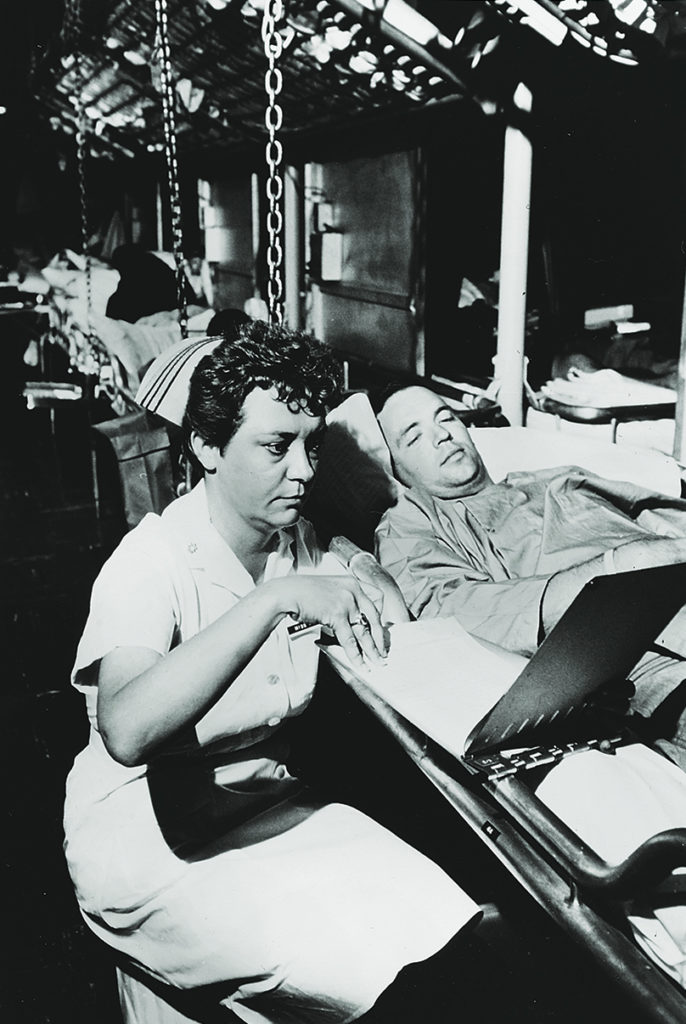
(Lt. Cmdr. Dorothy Ryan, a Navy nurse, checks on a Marine aboard the Repose in 1966).
The horrors of war are on full display in THE WOMEN. The descriptions of injured soldiers and Vietnamese peasants are raw and for McGrath it reminded her of her brother’s death. Hannah’s approach to the daily existence of Vietnamese peasants is accurate as she describes the effects of napalm, agent orange, the destruction of their fields, and the loss of their men.
As the novel evolves you can discern McGrath becoming more and more disillusioned with the conduct of the war and the slaughter of the Vietnamese by American bombing. Despite these feelings McGrath will reup for a second tour as she believes that nursing in Vietnam was now her calling.
There are a number of important storylines to the novel. First and foremost is McGrath’s growth as a person, then her world crashing down upon her return to the United States, the loss of loved ones, and the betrayal she felt fostered by others. Her experiences in a field hospital in Pleiku made her an exceptional nurse and achieved a competency that she believed she could never attain. But the war created demons, particularly as everyone she loved seemed to perish in the war or lied to her. Soon she would develop an emptiness that called for alcohol, pills, and rage, especially when she returned home and was spat upon by anti-war demonstrators and the fact that even her father did not recognize her experiences in a war zone and society in general held the belief that women did not fight in Vietnam.
Hannah creates a support system for McGrath through the friendship of fellow surgical nurses; Ethel Flint from a Charlottesville, Va. farm and Barb Johnson, a black nurse from a one stoplight town in Georgia. The bonds of friendship, emotional support, and general love for each other made the war and post-war situation almost palatable. This relationship and other aspects of the book take the reader on an emotional rollercoaster which is common in Hannah’s other novels. Here, at times it is a bit overblown as McGrath passes from one crisis to another suffering from PTSD, and an inability to face the truth about her feelings and relationships.

(Air Force 2nd. Lt. Kathleen Sullivan comforts a Vietnamese child as part of the military’s Medical Civic Action Program, MEDCAP, which assisted people in villages).
The book is a time capsule of the 1960s through 1970s in American history. As a historian who has taught and studied the war for decades I found the book factual, emotional, with an accurate representation of the scars that afflicted American society at the time. From McGrath’s experiences one sees the elements of the lies and horrors of war which I am certain still haunt thousands of Americans. With the current situation in Gaza and the demonstrations across college campuses I found myself back in the 1966-1974 period with the Tet Offensive, anti-war demonstrations, POWS, Kent State, and it is not a comfortable feeling.
Hannah knows how to pull every emotional string a reader can feel, especially for those of the Vietnam generation. At times, McGrath’s personal chronology seems a bit much as she experiences so much tragedy, misinformation about life, a rejection by her family, and an inability to deal with her demons. The many plot twists that Hannah creates for McGrath are analogous to what many veterans experienced when they returned home. Hannah does not offer anything new about the war and its aftermath, but she places women at the center of her novel, playing a significant role saving the lives of American soldiers. This is an important story which needed to be told to a wide readership, which Hannah has accomplished very well.
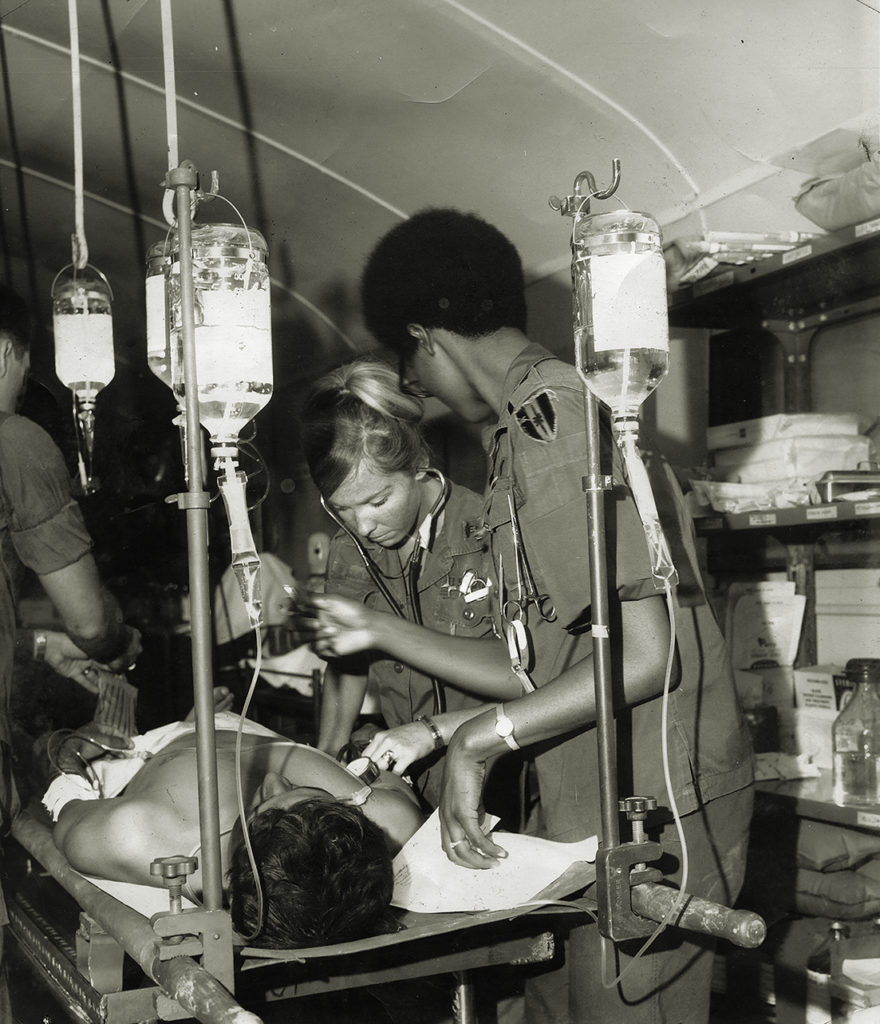
(U.S. Army nurses at the 93rd Evacuation Hospital in Long Binh, near Saigon, in 1968, work to stabilize a patient. Nurses in Vietnam often faced not only intense demands for patient care but also the threat of attacks on close-by military facilities and even the hospitals themselves).



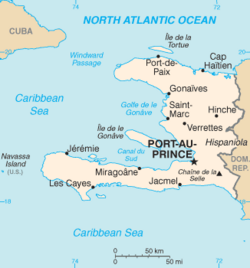
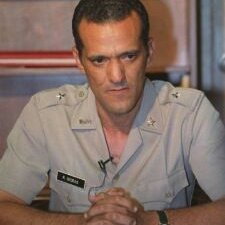

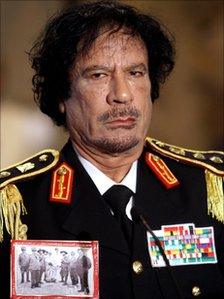














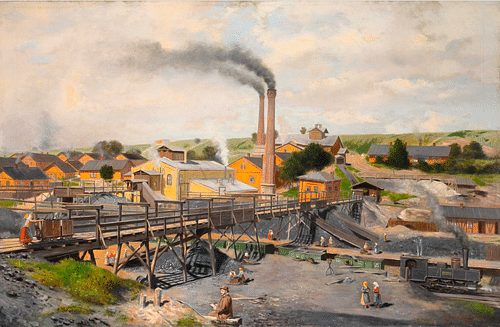
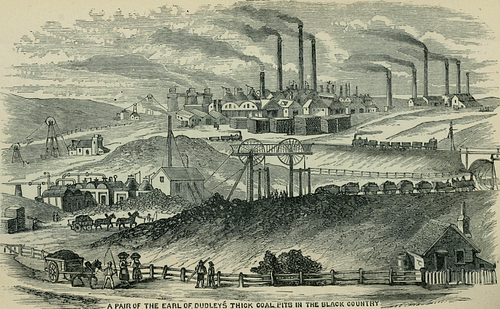

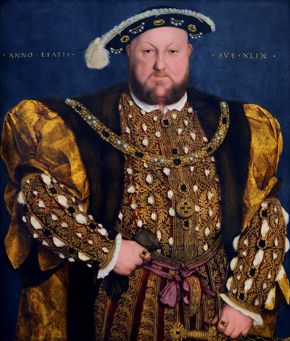
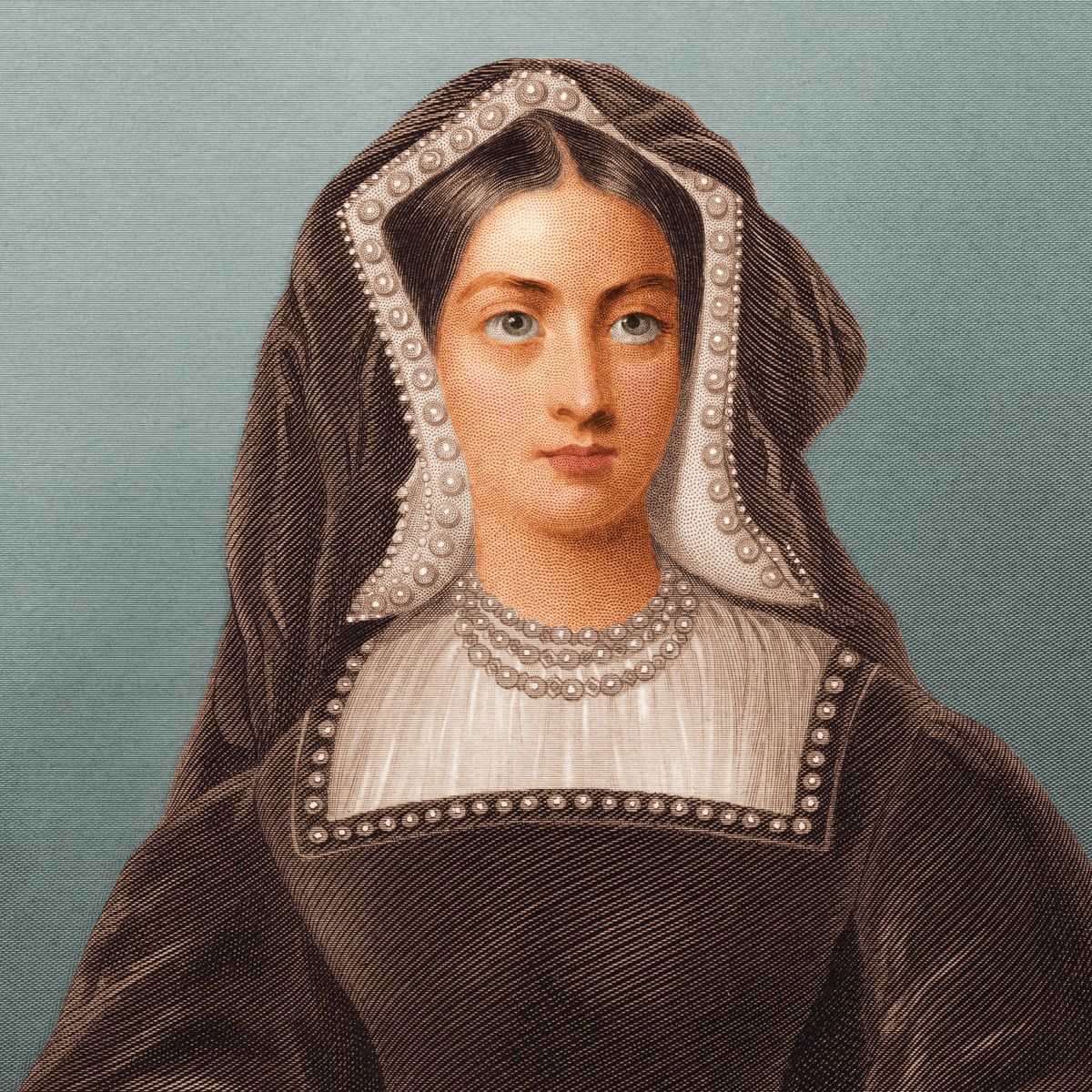
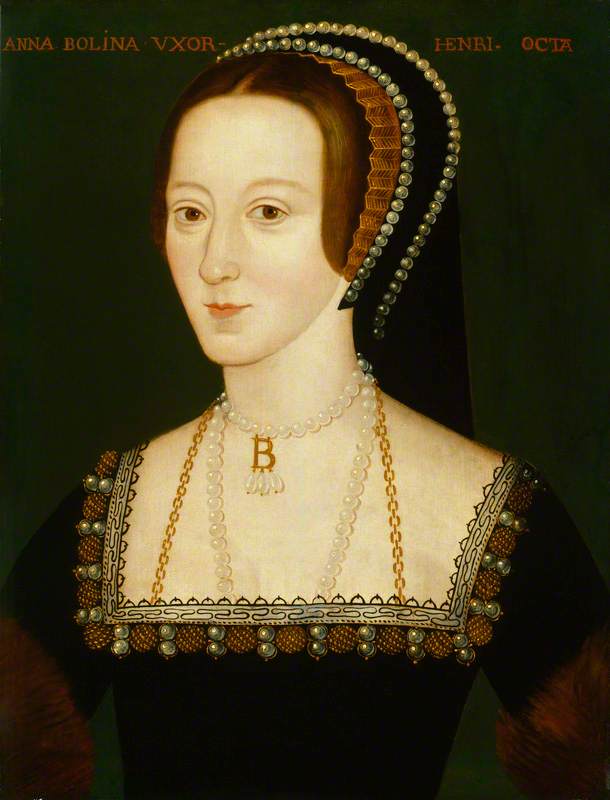







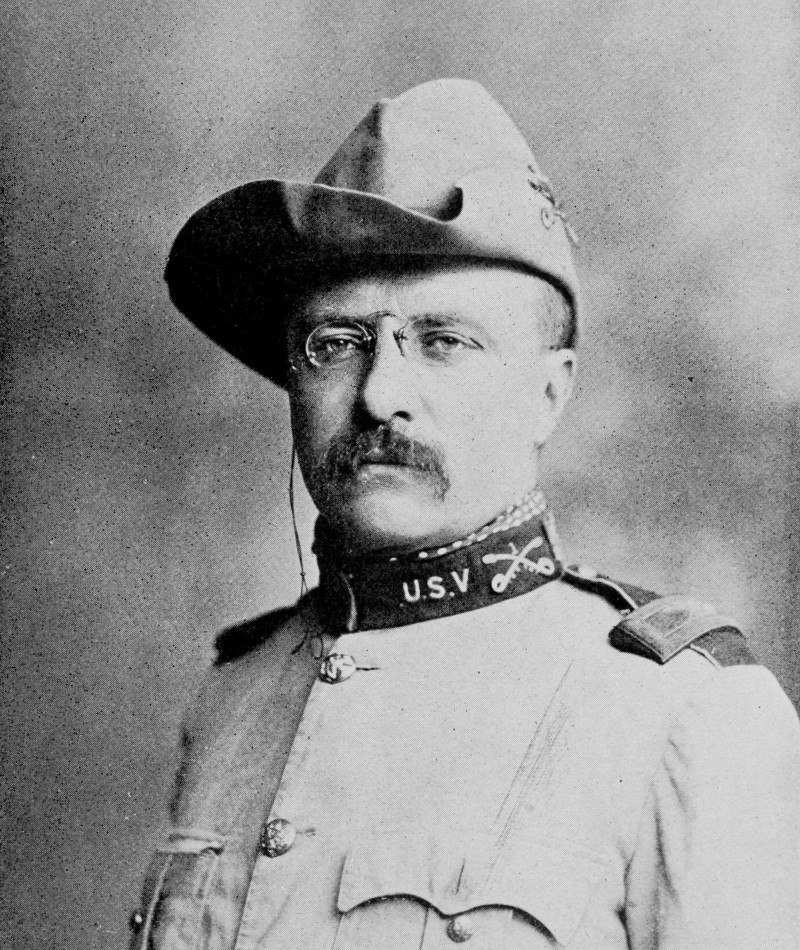


:quality(70)/cloudfront-us-east-1.images.arcpublishing.com/cmg/4C3W3NRDQZABJKGVQQDV2VYSSY.jpg)
